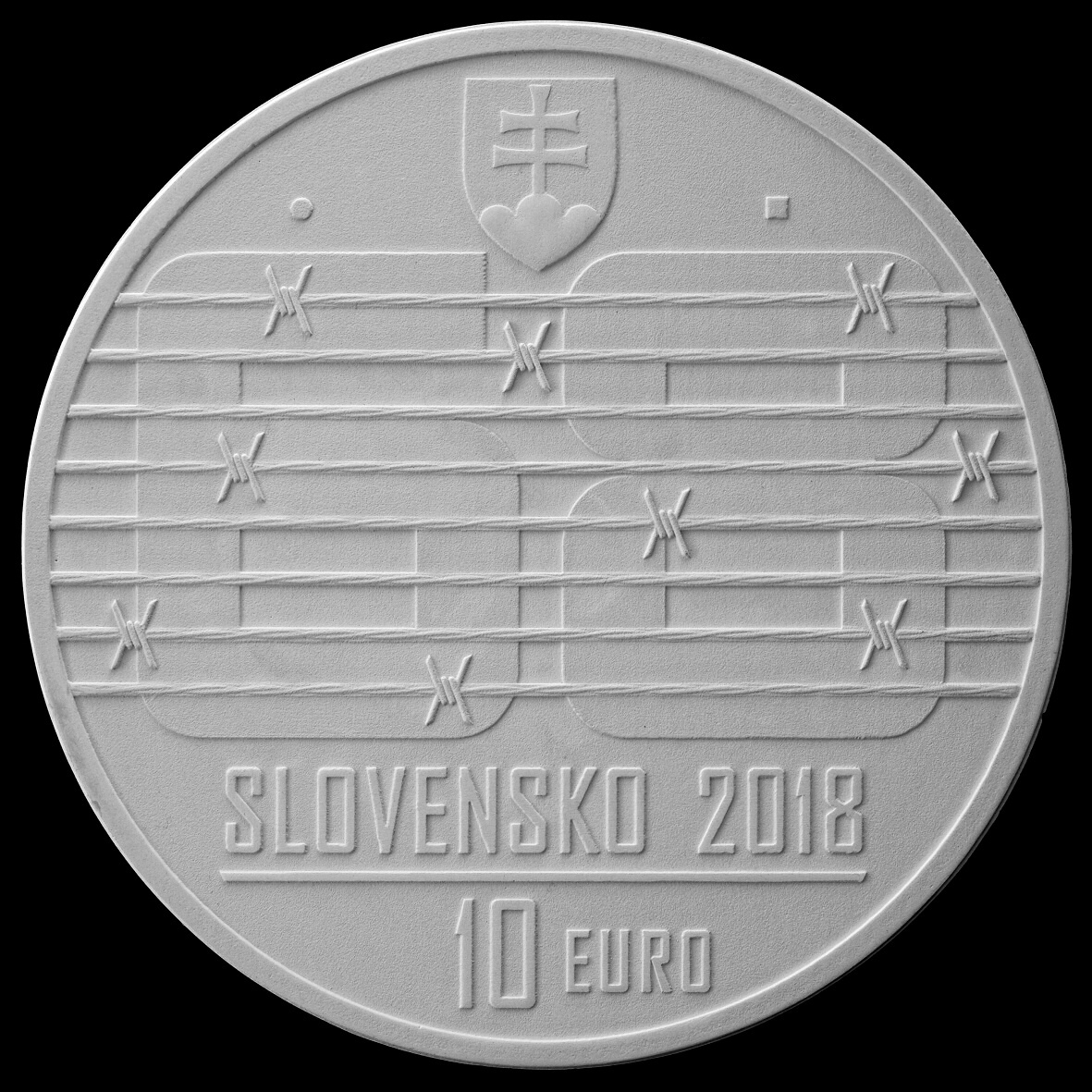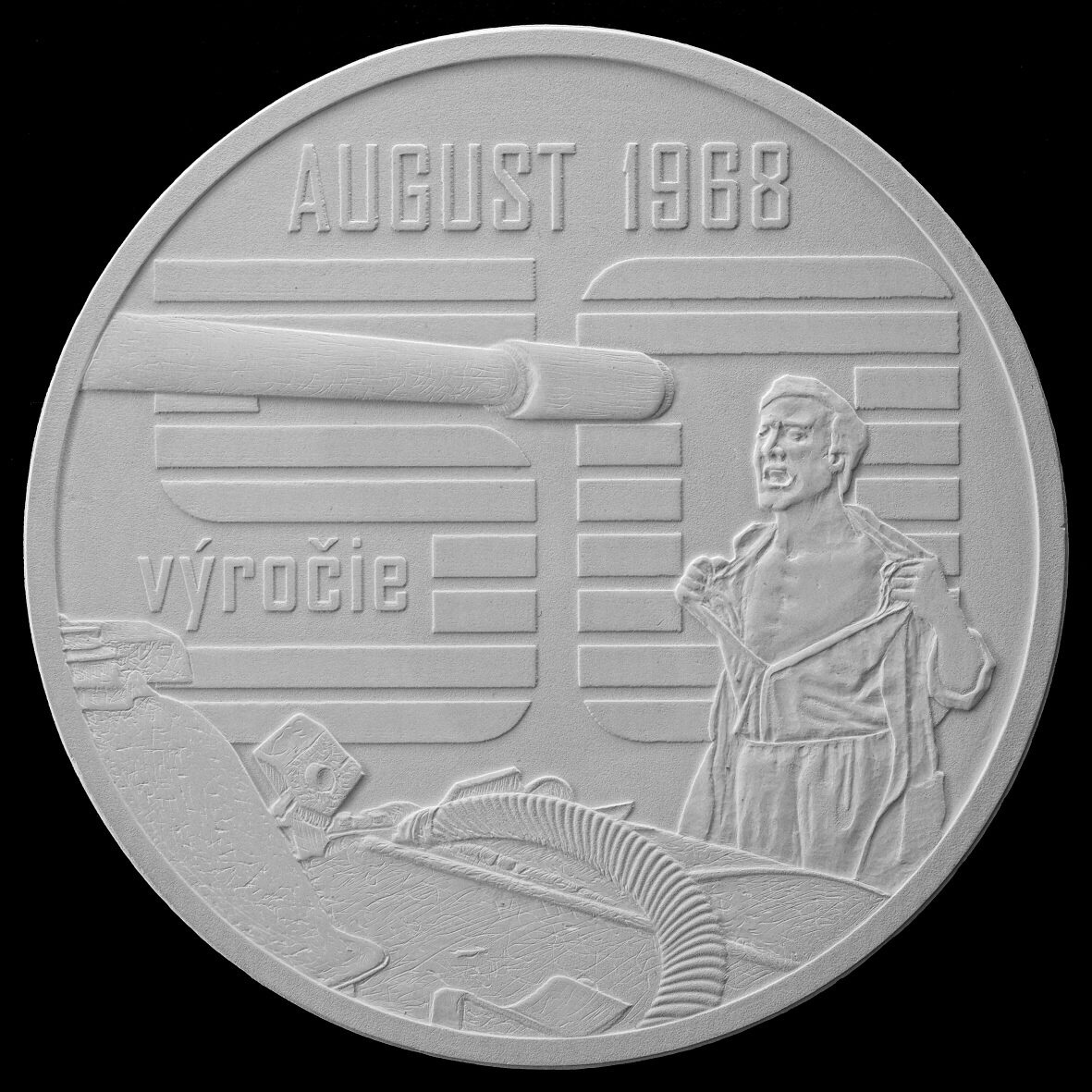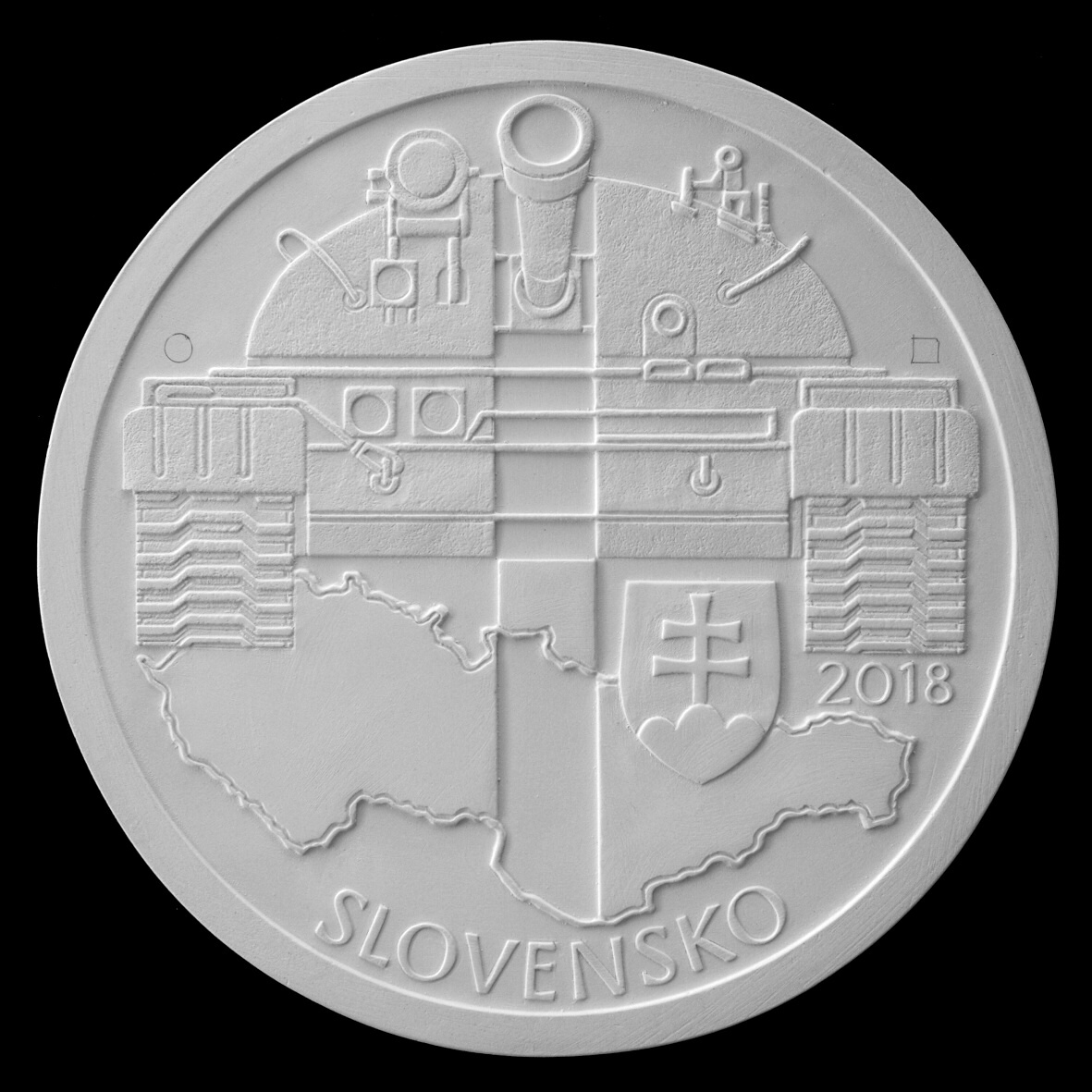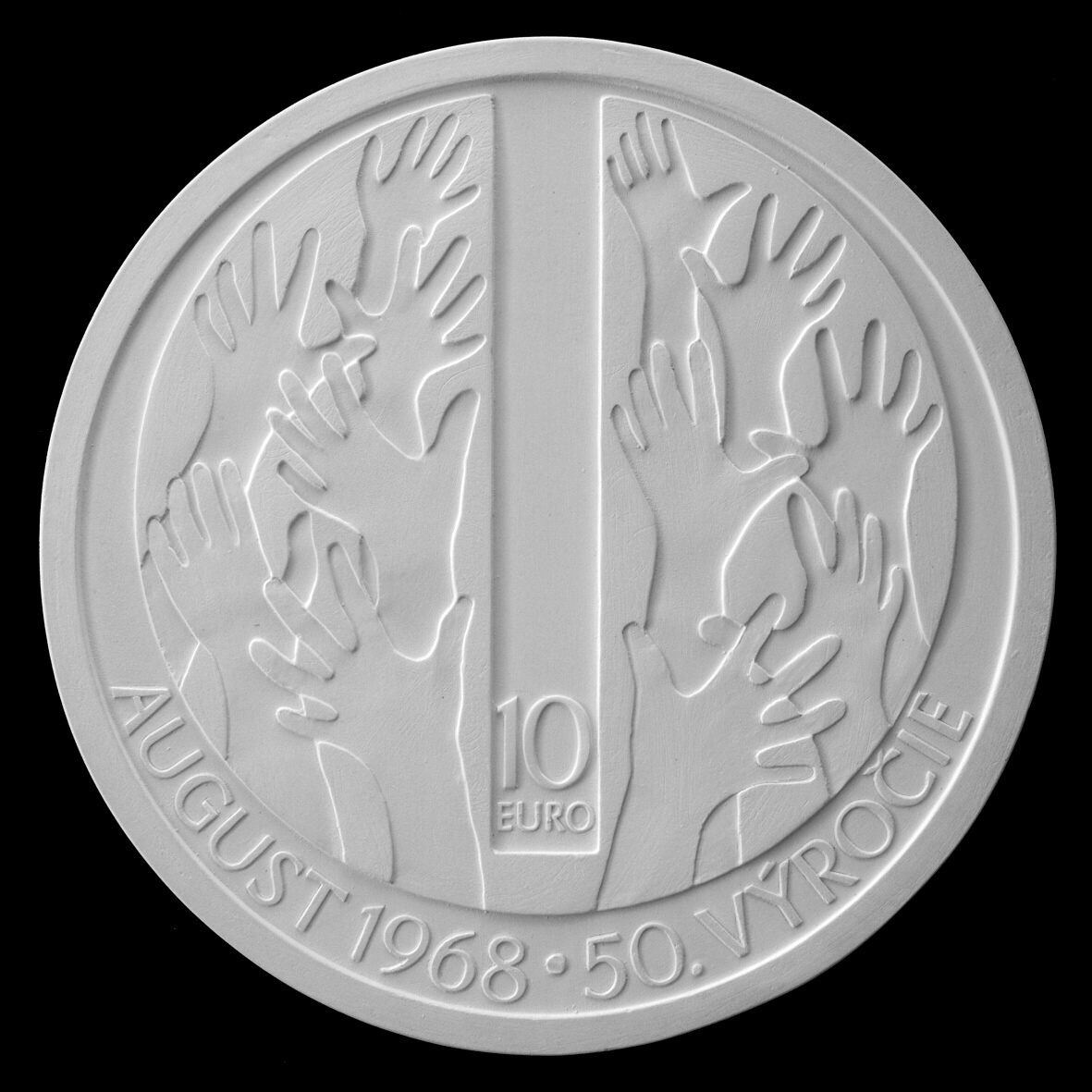-
NBS Tasks
Browse topics
- Monetary policy
- Financial market supervision
- Financial stability
- Banknotes and coins
- Payments
- Statistics
- Research
- Legislation
-
Publications
- Activity Report of the NBS Innovation Hub Annual Report Economic and Monetary Developments Financial Stability Report Investment Policy Statement of the National Bank of Slovakia Macroprudential Commentary Policy Briefs
- Report on the Activities of the Financial Market Supervision Unit Research Papers: Working and Occasional Papers (WP/OP) Statistical Bulletin Structural Challenges Other publications Sign up for your email notifications about publications
- About the Bank
- Media
- Frequently asked questions
-
For the public
Browse topics
- About the Bank
- Exchange rates and interest rates
- Banknotes and coins
- Payments
- Financial stability
- Financial market supervision
- Statistics
- Legislation
-
Publications
- Activity Report of the NBS Innovation Hub Annual Report Economic and Monetary Developments Financial Stability Report Macroprudential Commentary
- Report on the Activities of the Financial Market Supervision Unit Research Papers: Working and Occasional Papers (WP/OP) Statistical Bulletin Other publications Sign up for your email notifications about publications
- Frequently asked questions
- Media
- Careers
- Contact
Results of the public competition for the design of a €10 silver collector coin featuring the spontaneous, non-violent civic resistance to the Warsaw Pact invasion of August 1968
Third prize and the design selected for the coin
Patrik Kovačovský
Third prize
Zbyněk Fojtů
In June 2017 Národná banka Slovenska (NBS) announced a public competition for the design of a €10 silver collector coin featuring the spontaneous, non-violent civic resistance to the Warsaw Pact invasion of August 1968. A total of 14 designs by thirteen designers were entered in the competition. In September 2017 the designs were evaluated anonymously by the Committee for the Assessment of Commemorative and Collector Coin Designs. The Committee was assisted in its task by an expert adviser, Slavomír Michálek, Director of the Institute of History of the Slovak Academy of Sciences.
In the Committee’s judgment, none of the evaluated designs displayed the artistic quality required to be recommended for a first or second prize. Two designs were recommended for a third prize, one by Patrik Kovačovský and one by Zbyněk Fojtů. The Committee also recommended that Mr Fojtů’s design be selected for the coin. The NBS Bank Board initially decided not to accept the Committee’s recommendation and did not approve any design for the coin. At a subsequent meeting, the Bank Board reconsidered the matter and decided that Mr Kovačovský’s design would be used for the coin.
The obverse design by Mr Kovačovský depicts eight parallel, regularly spaced lines of barbed wire running from one side edge to the other. The number ‘68′ is positioned behind the lines and fills the space covered by them. The horizontality of the main composition is accentuated by the central placing of the Slovak coat of arms above the number. The Committee considered the barbed wire motif to be an apt symbol of the period of ‘normalisation’ that followed the invasion. The reverse design features elements of Laco Bielik’s iconic photograph entitled “The Bare-chested Man in Front of the Occupiers Tank”, taken in Bratislava on 21 August 1968 and published by many news agencies across the world. The design is compositionally linked to the obverse by a large number ‘50′, and in the lower part of the numeral five there is the Slovak word ‘výročie’ (anniversary).
The obverse design by Mr Fojtů is dominated by the frontal view of a Soviet tank positioned above an outline map of Czechoslovakia. The map is split down the middle by an empty “strip of aggression”, representing the tank barrel. The reverse design is also divided vertically by the “strip of aggression”, and depicts, on either side of the strip, the outlines of multiple bare hands in a gesture of resistance.
An additional prize was awarded to Ivan Řehák in recognition of the quality of his design.



